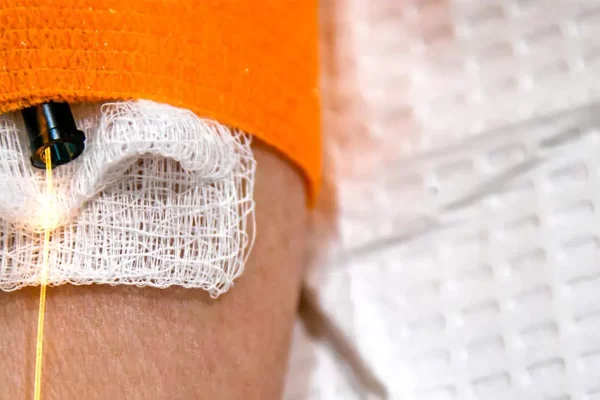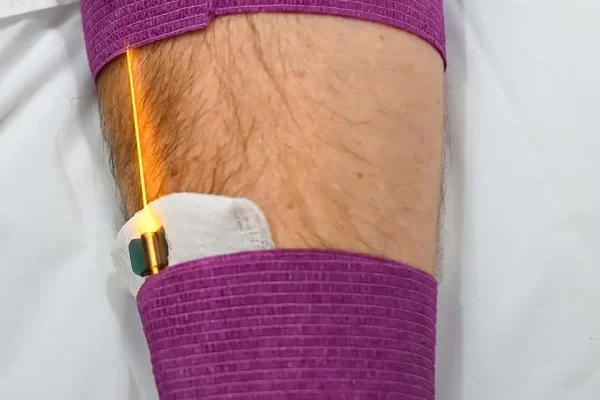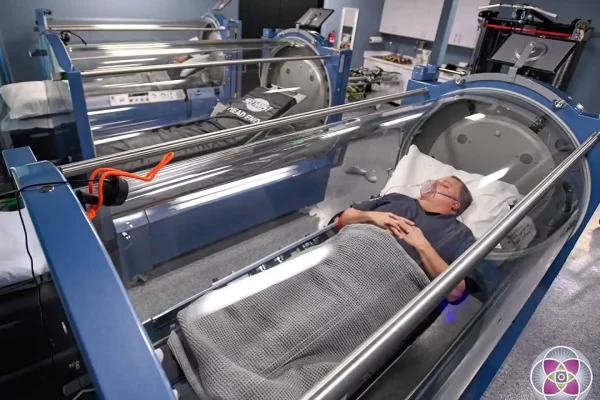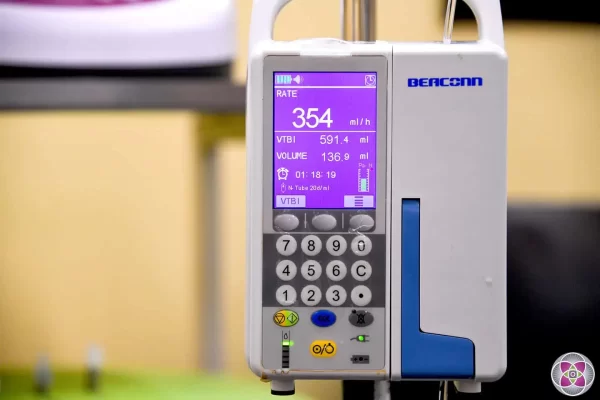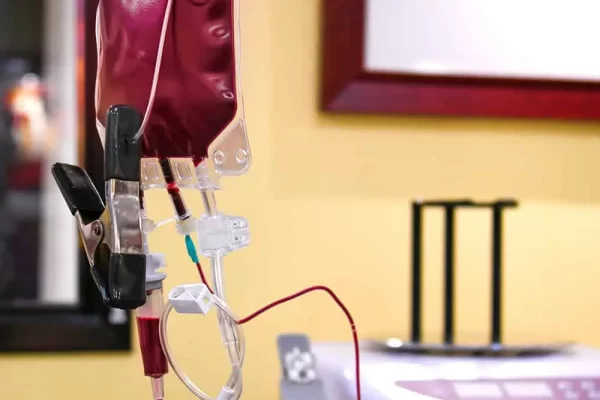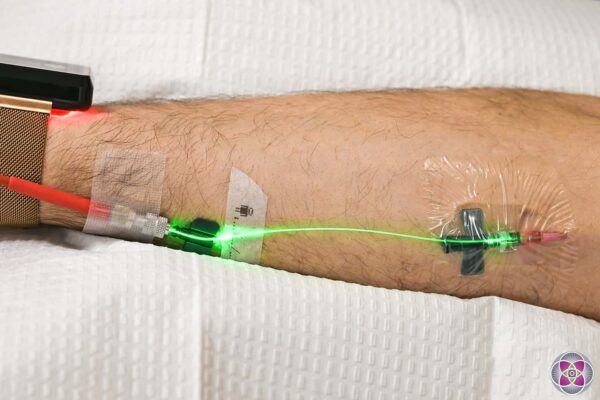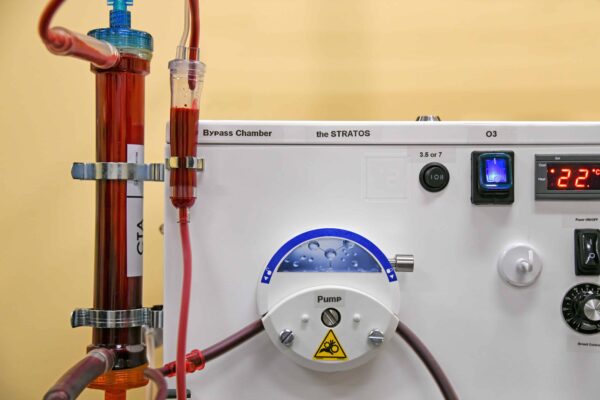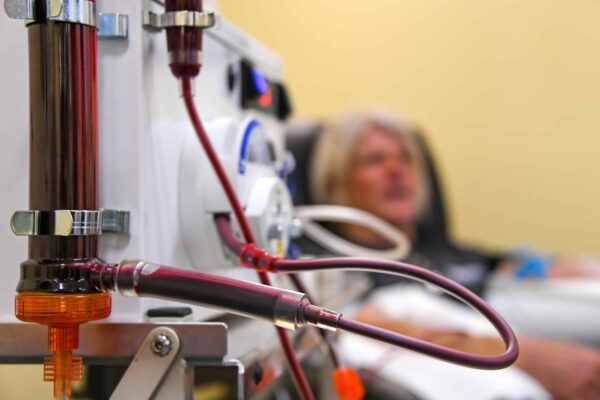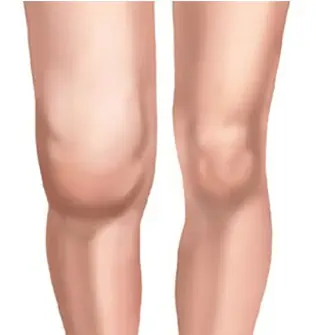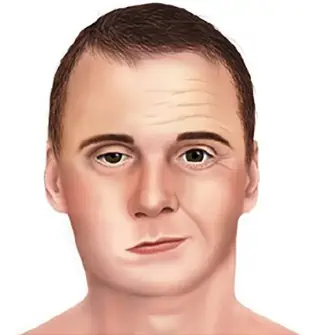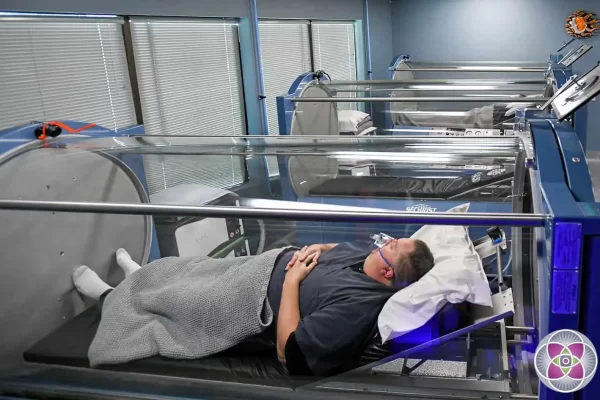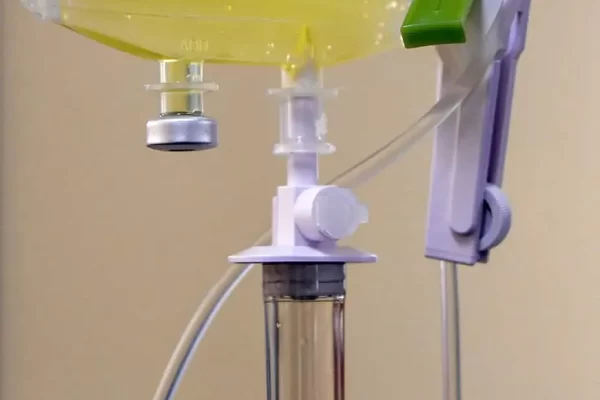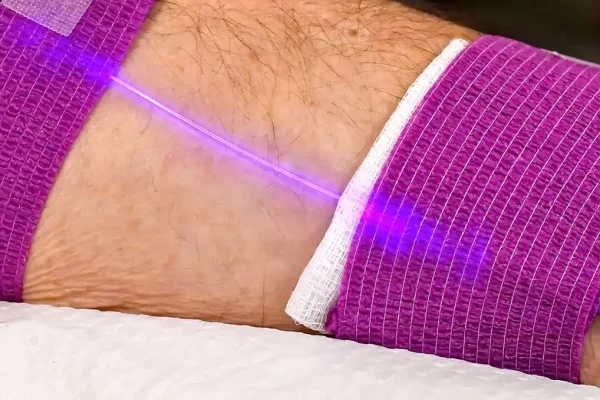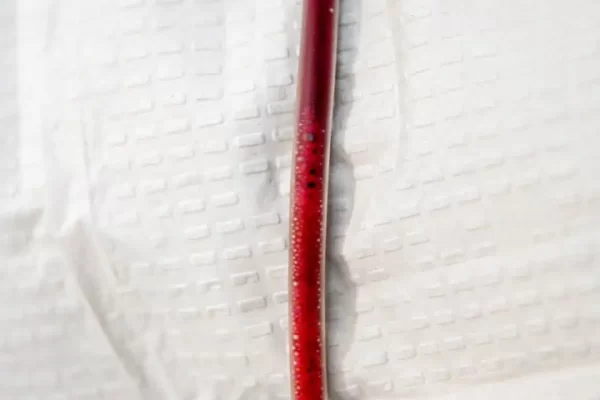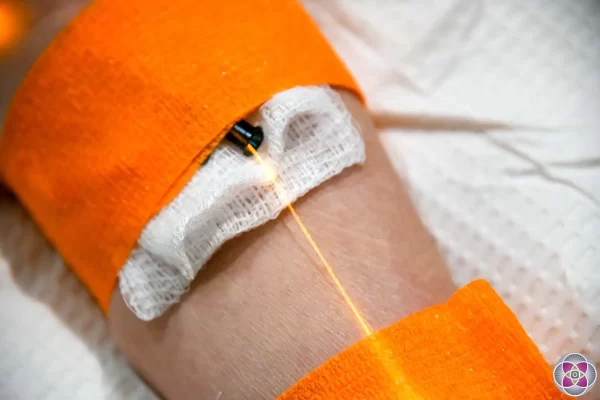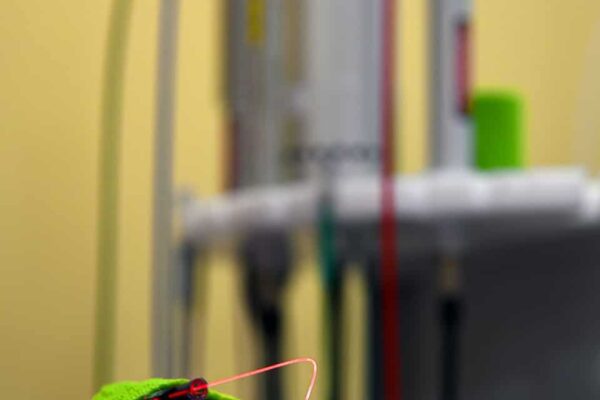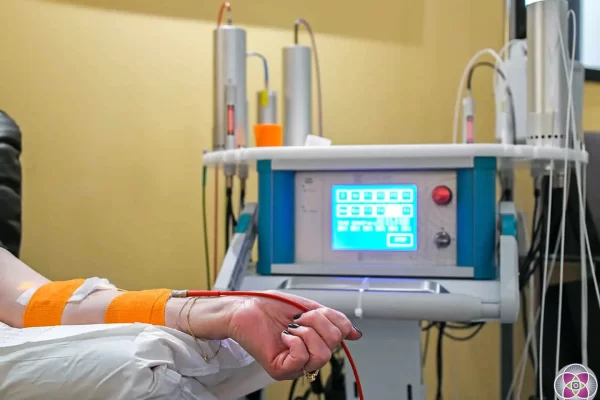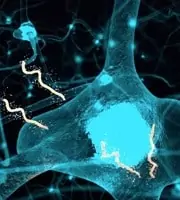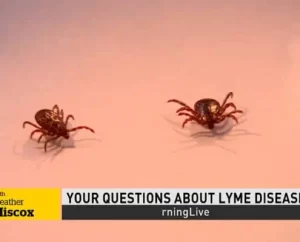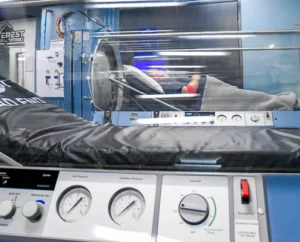Borrelia burgdorferi sensu lato causes Lyme disease, a heterogeneous group of which three genospecies have been consistently connected with Lyme disease:
- Borrelia burgdorferi sensu stricto
- Borrelia afzelii
- Borrelia garinii
Geographical distribution and clinical signs differ depending on the species.
Lyme disease is one of the world’s fastest growing and most difficult diseases to treat. There are many controversies about this disease stemming from the fact that it is complicated. Lyme disease can affect every organ system in our body. Lyme’s symptoms (see below) overlap with many other diseases and its presentation changes as it progresses through its various stages. Even experts are constantly challenged to comprehend its complexities.
Clinical signs of Lyme disease can be classified into three stages.
- Erythema migrans at the tick bite site characterizes the early localized stage.
- Multiple erythema migrans lesions, borrelial lymphocytoma, lyme neuroborreliosis, carditis, or arthritis may be seen in the early disseminated stage.
- The late disseminated stage is characterized by atrophic acordermatitis chronica, lyme arthritis, and neurological symptoms.
It is entirely possible that some people with robust immune systems may actually carry the Borrelia pathogen for years without ever seeing any signs of the disease, whereas others may suffer years with the symptoms of chronic pain, affecting both mind and body, suffering from debilitating symptoms resembling MS, Fibromyalgia, Lupus, Chronic Fatigue Syndrome, Parkinson’s, rheumatoid arthritis, heart problems, joint pains, nerve pain, depression, awful brain fog, loss of short-term memory, impaired cognitive ability and much more.

